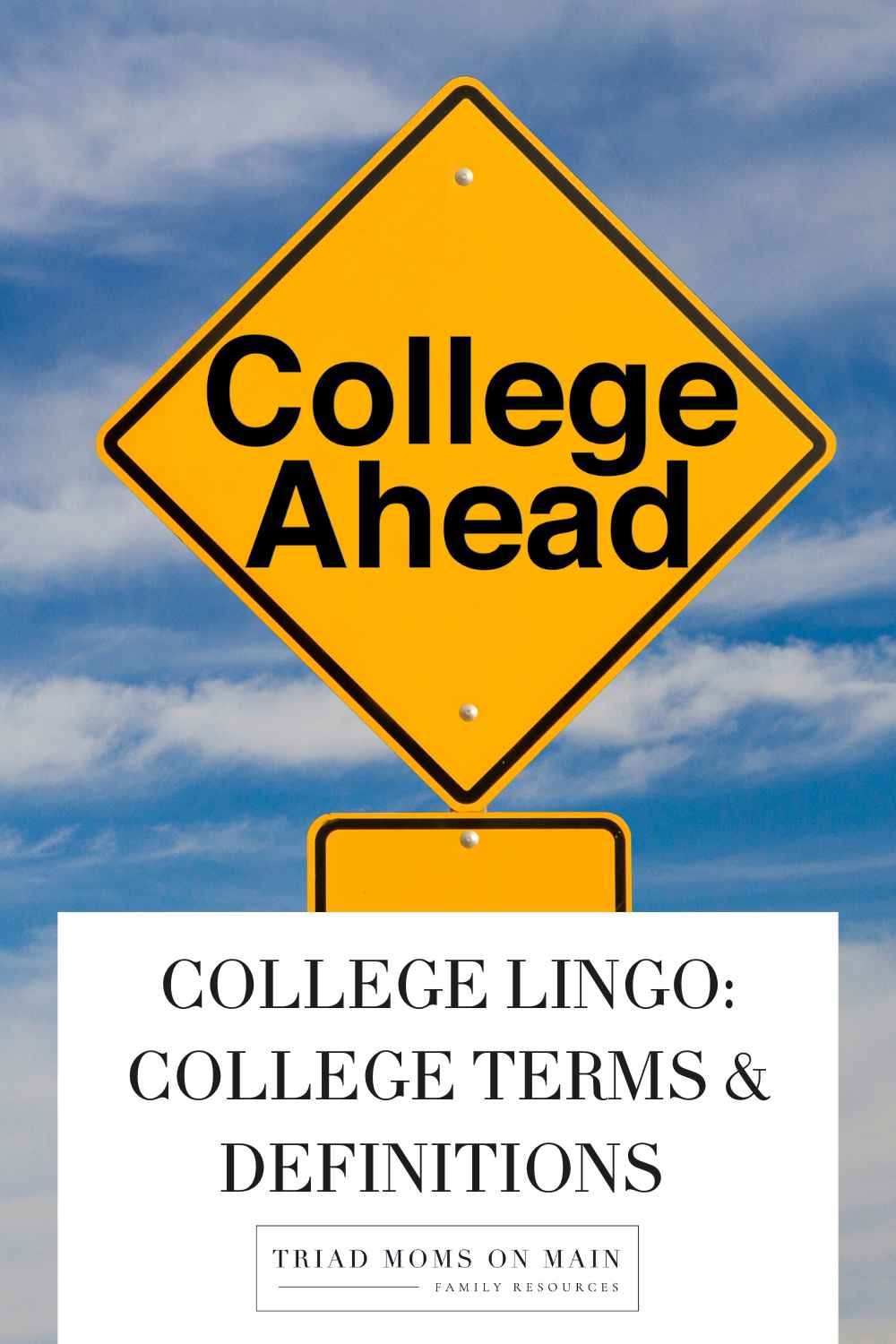College Lingo: college terms and definitions

Learn The Lingo: College Application Terms and Acronyms
As we began visiting colleges with my oldest daughter a couple of years ago, we started hearing certain terms and acronyms repeated over and over. Pretty soon, my head was spinning with terms I only somewhat understood. As my daughter got deeper into the process, she was throwing these terms out like it was her second language. I had to keep up! If you are planning to go on some college visits or you have a teen who will soon be filling out college applications, you might want to keep this quick college lingo reference guide handy!
Apply to Multiple Colleges
Common App (or Application)
This is an online application platform that students use to apply to multiple colleges. Basically, they only have to fill out the general information one time (such as name, address, etc.) and answer some Common App short essays. Then, they choose the schools they want to apply to. The app lets them know if there are any additional requirements, such as supplemental essay questions, portfolios for certain majors, etc. All those are submitted through the Common App as well. Recommendations, transcripts, and application fees are also submitted through the Common App.
Each year, the Common App opens on August 1st. However, students can (and should!) set up an account before that by going to commonapp.org. I would recommend setting it up near the end of their junior year. They can begin working on the essay questions and basic information over the summer before their senior year. As well as getting familiar with navigating the site.
Coalition App
Like the Common App, the Coalition App is an online platform that allows students to apply to multiple colleges and universities through a single site. It is operated by a different organization than the Common App. There are slightly different essay questions and a few other minor differences. It is newer and a bit more “techy,” but also not as widely accepted as the Common App. If a student will be using the Coalition App, they can set up an account at coalitionforcollegeaccess.org .
**Know which application your chosen university accepts. Most accept the Common App and many accept either the Common or Coalition. (For schools that accept both, experts typically recommend using the Common App.) However, there are a handful of schools that accept ONLY the Coalition, including Clemson and Virginia Tech. Further, in case it wasn’t complicated enough already, there are a few schools that use neither! For example, all University of California Schools have a private portal through which to apply. The information about which platform a school uses is typically easily accessed on the school’s website.
All of the College Lingo in this section deal with application and decision announcement timelines:
Early Decision (ED)
Early decision requires an early application submission (usually in November) and affords you an early acceptance decision (usually in December). The catch is that it is a BINDING agreement. If you are accepted, you are committed to attending that institution. You are expected to withdraw from (or not apply to) any other schools. In general, ED has a higher acceptance rate. It is binding, students should only apply to one school this way. It should be a school they really want to attend and can afford. Financial aid packages may not be offered until after the acceptance has been rendered. You are still bound to attend if accepted.
Early Action (EA)
Under the EA plan, students can submit applications early (anytime between October-December depending on the school) and receive an acceptance decision early (usually December -January). Early Action is NOT binding like Early Decision, so students can use this method at multiple schools. The advantages of this method are a smaller pool of applicants and earlier decisions. If a student was rejected from several schools via EA, they could potentially still have time to submit additional applications for a regular decision elsewhere.
**Restricted Early Action (REA)
Some schools offer RESTRICTED Early Action. Again, it is non-binding but has limits. For example, Stanford’s REA states that applicants are not allowed to apply for ED or EA at any other private school. REA rules will vary between schools, so be sure to check an individual school’s guidelines.
Regular Decision
This is the most basic application process with applications typically due by December-January. Regular decision acceptances are usually given by early April.
Rolling Decision
A few schools offer rolling decision which means you can submit an application anytime between June- April and receive a decision within a few weeks of your submission. If submitting under rolling decision, it is best to submit your application earlier rather than later to ensure there are still open slots available.
Deferred
If students submit ED or EA, you may receive a decision of accepted, rejected, or deferred. Deferred simply means they are not immediately accepted but will be included in the pool of regular applicants to be re-reviewed. In that case, they could still be accepted (or rejected) at a later date.
Commitment Day
By May 1st, students should have decided which school they will attend and have made a commitment to that school as well as notified other schools they will not be attending.
Colleges and universities offer different combinations of application options. For example, some schools offer ED but not EA (or vice versa). Very few schools offer rolling decisions. You just have to research the schools your student is interested in and find out each school’s options, deadlines, and requirements.
This College Lingo all refer to various financial aid requirements:
FAFSA (Free Application for Federal Student Aid)
Every student who is applying to college must fill out the FAFSA even if they do not feel they need financial aid. FAFSA is managed by the US federal government. It is an online portal that can be accessed at fafsa.ed.gov. The FAFSA portal opens on October 1 (of your child’s senior year) and should be completed as soon as possible after that date. It will be important to have good financial records including tax returns, citizenship information, and social security numbers for parents and students. Technically, your college applications are not complete and you cannot receive an acceptance decision until you have completed and submitted the FAFSA.
Expected Family Contribution
Once the FAFSA is completed, the federal government will determine your Expected Family Contribution (EFC) and that information will be sent to the school(s) your student is applying to. Basically, it is what the government determines you should be able to pay for college based on the financial information you submitted. It is then up to the schools to help you figure out how to make up the difference. For example, if FAFSA determines your EFC is $20,000 and the tuition is $50,000, the school would say your financial need is $30,000 and present a financial aid package to help you close the $30,000 gap.
Financial Aid Package
When a school accepts an applicant, they usually also present a financial aid package. (Not always presented in conjunction with early acceptances, but may be offered later.) The package is made up of all the ways the school can offer to help financially and may include a combination of scholarship offers or suggestions, loans, grants, and work-study options. You are not required to sign up for anything they offer, however. If, for example, they offer a loan option you choose not to apply for, you would simply have to pay out of pocket the money that loan would have covered.
CSS Profile (College Scholarship Service)
The CSS is an additional online submission run by the College Board (cssprofile.collegeboard.org) that is required by some schools (especially private ones). It is similar to the FAFSA, but more detailed and there is a fee to submit it. However, if it is required by the school, you have no choice. It also opens on October 1 and must be completed (if required) before a student can receive a financial aid package.
Scholarship Websites
There are various websites that can help you find scholarships your student may qualify for that are not associated with a specific school. Check out fastweb.com and mycappex.com. Check out each school’s scholarship options and other local organizations that might offer scholarship or grant opportunities.
The process of applying to colleges is so much more complicated now than I remember it being when I applied twenty-five years ago. It can be frustrating and overwhelming for students and parents. Arming yourself with as much knowledge as possible is helpful and never be afraid to ask questions! I hope this list is helpful.
Have you been through the college application process with your teen? What was the most difficult part for you?
Want to see more blogs like this and also get notifications on local events and happenings? Subscribe to our free weekly newsletters here.
By Guest Blogger Lisa Witherspoon
Click the links to shop some of our favorites from Amazon
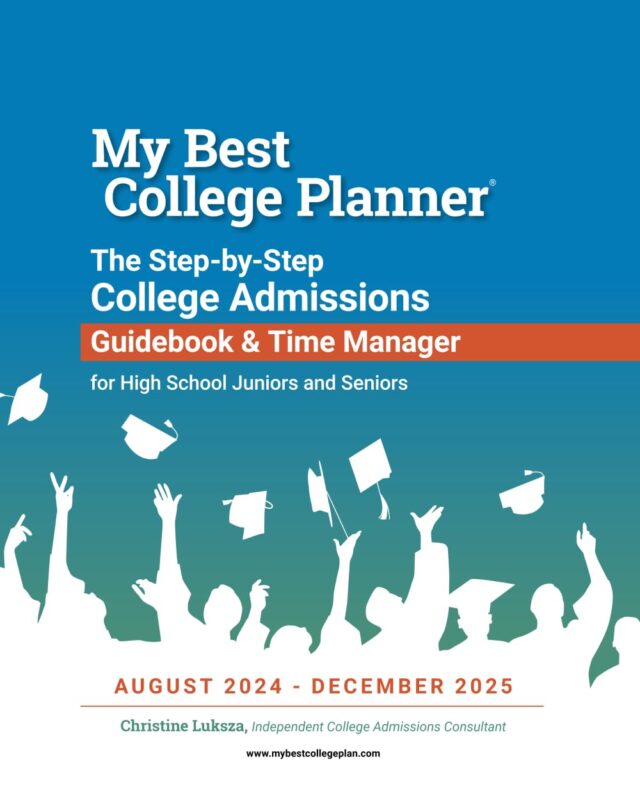


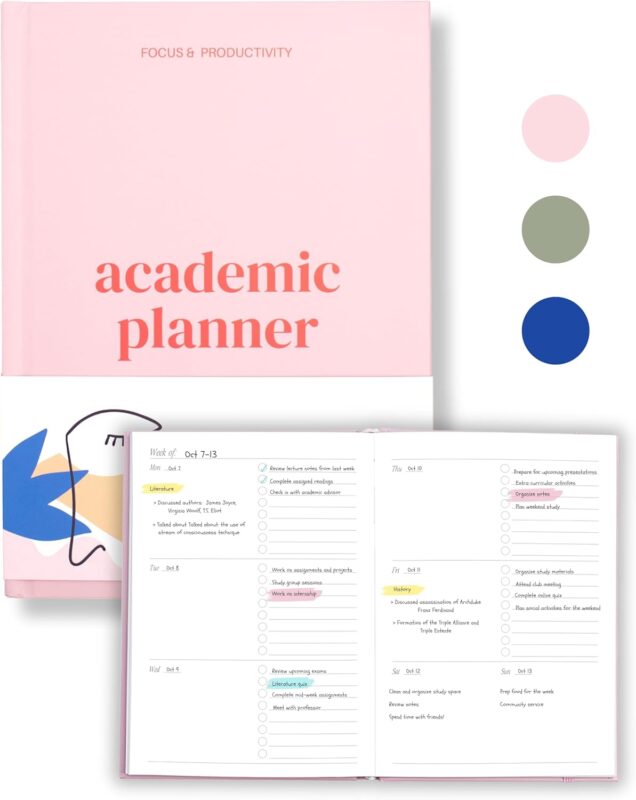

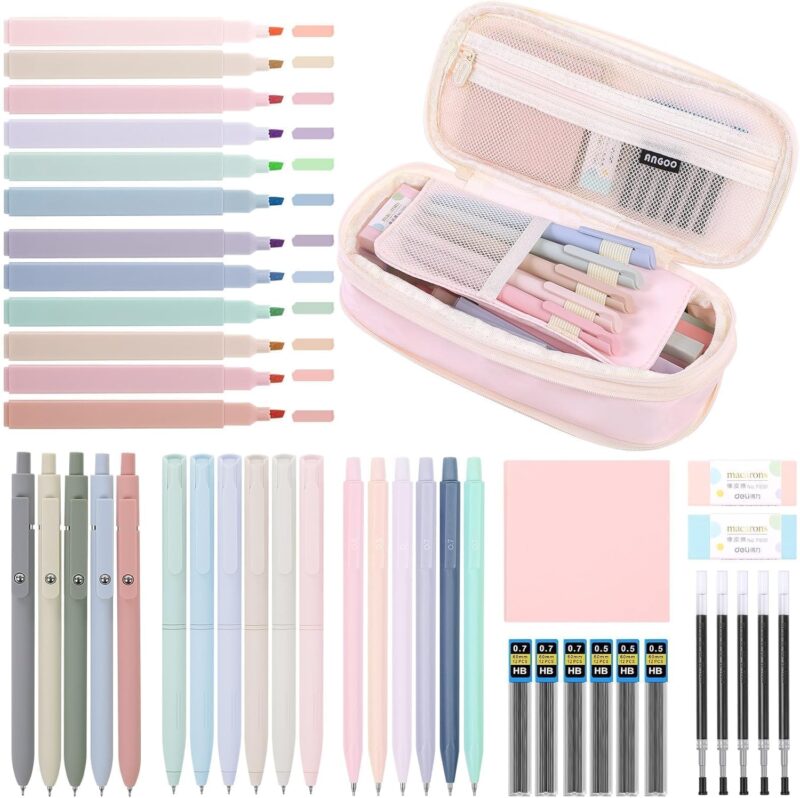
Other Related Blogs You Might Like:

How to Go to College for Free: A Guide to Scholarships for High Schoolers
Growing up in poverty was challenging, but it taught me resilience and determination from a young age. In high…

College Bound Resources
Embarking on the journey to college is a thrilling yet challenging phase for high schoolers. In the Triad region,…
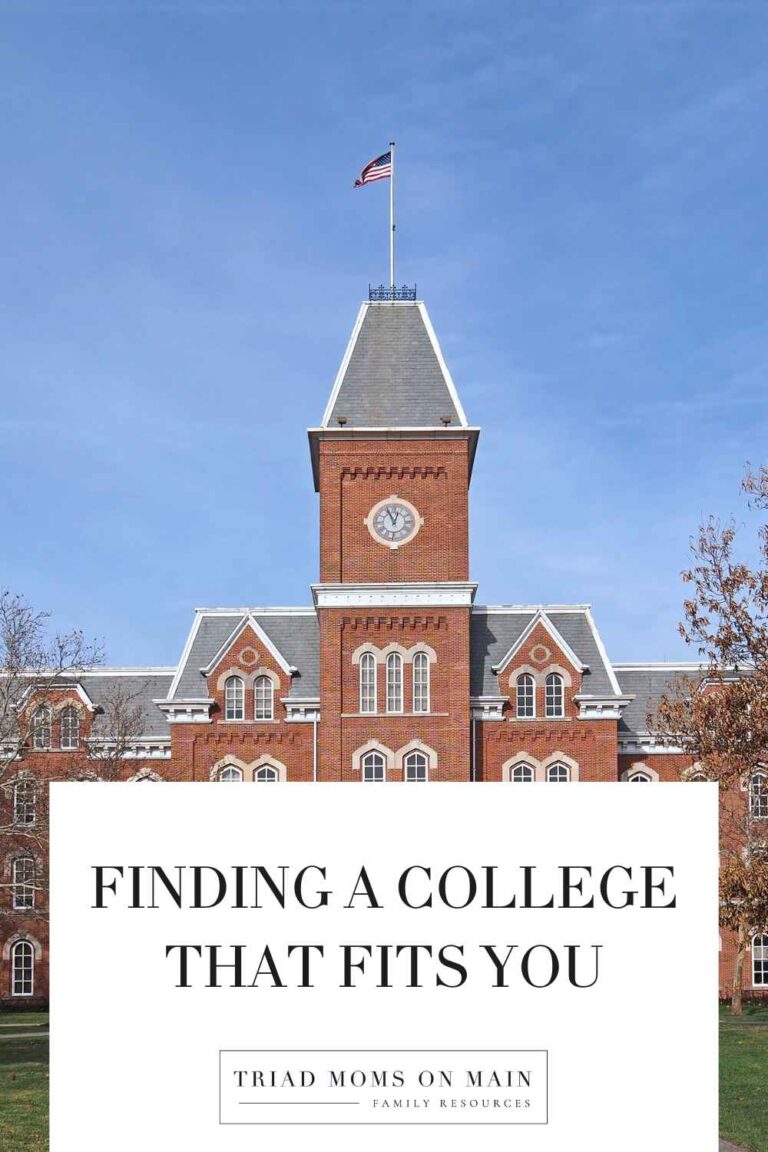
Finding a College that Fits – Five Things to Consider
My oldest daughter, a senior in high school, submitted college applications this fall. Now we are in the “waiting…

